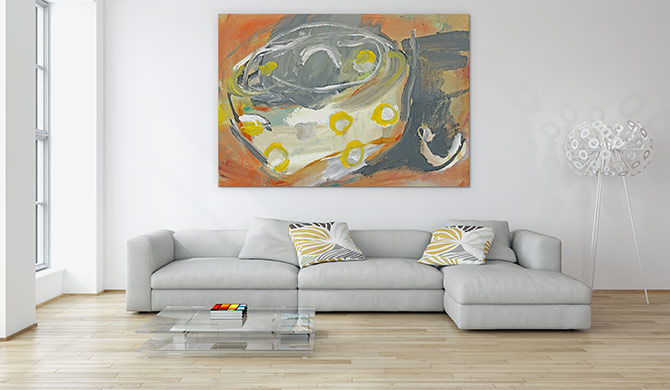The Classical Approach to “Minimalism” Interior Design
‘Minimalism is about creating space to live simply and meaningfully; it’s about living intentionally,’ Dr Laurie Buchanan. With the help of this quote, it is clear that minimalism is a way of living in which we choose to maintain or live with only those things that are important to us or have an impact on us. Minimalist interior design is frequently a foolproof method for creating a warm and nuanced home that’s worth the investment and certain to never go out of style or off-trend thanks to practical, well-considered approaches. It made its mark on the design scene and understandably never faded as a major design style moment in the early ’90s.
We’re discussing key methods to create minimal decor and the greatest interior design style for your everyday life in order to. Here is all you need to know, including creative suggestions for minimalist design on a budget and a room-by-room breakdown.
Merely Necessary
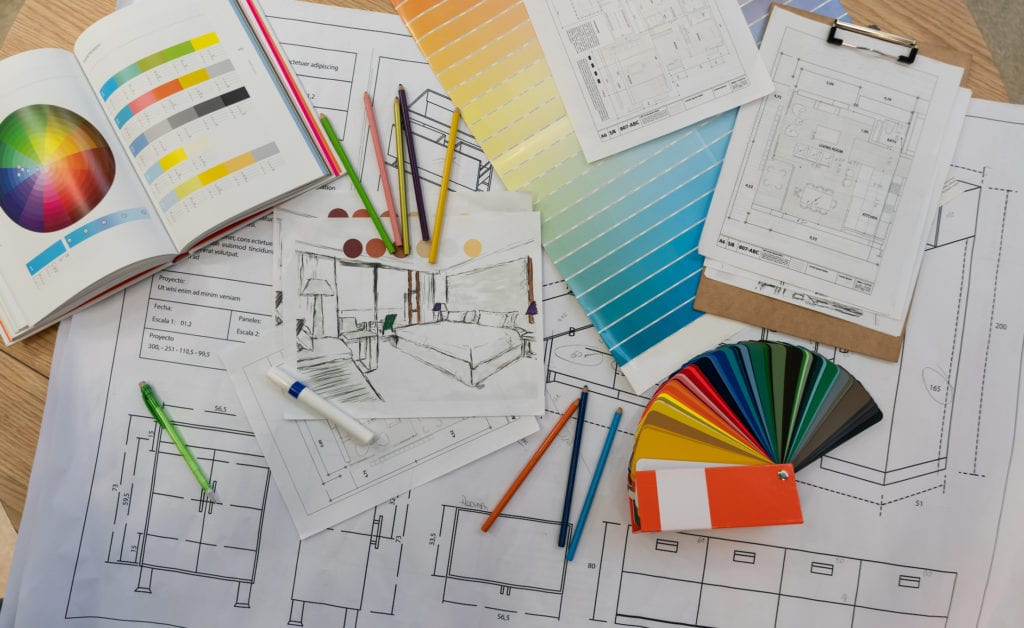
Simpleness is the core tenet of minimalist interior design. Keep things simple, scale back on the decor, simplify everything, and adopt the “less is more” and “everything needs a place and a reason” philosophies. Interior designers provide the area with a feeling of freedom and comfort while adhering to the principle of building a certain style and theme using an open design strategy. By eliminating the possibility of overly confusing the interiors and seamlessly integrating each component with the others, minimalism provides you with the perfect setting for focusing your thoughts.
Tranquil colour scheme

Understanding how various colours interact with one another is essential for creating great colour combinations. You can blend colours by understanding the colour wheel and colour harmonies (what works, what doesn’t, and how colour communicates).
Typically, the colour scheme for minimalist home design uses shades and tints of white, grey, and beige. However, interior designers go a step further by fusing serene wallpaper with soft pastel hues to produce vibrant and contemporary looks. Delivering the whitewash look with wooden furniture has a huge impact, even though applying dual-tone pastel colours with large simple furniture can bring joy to the environment.
Luminescent Art
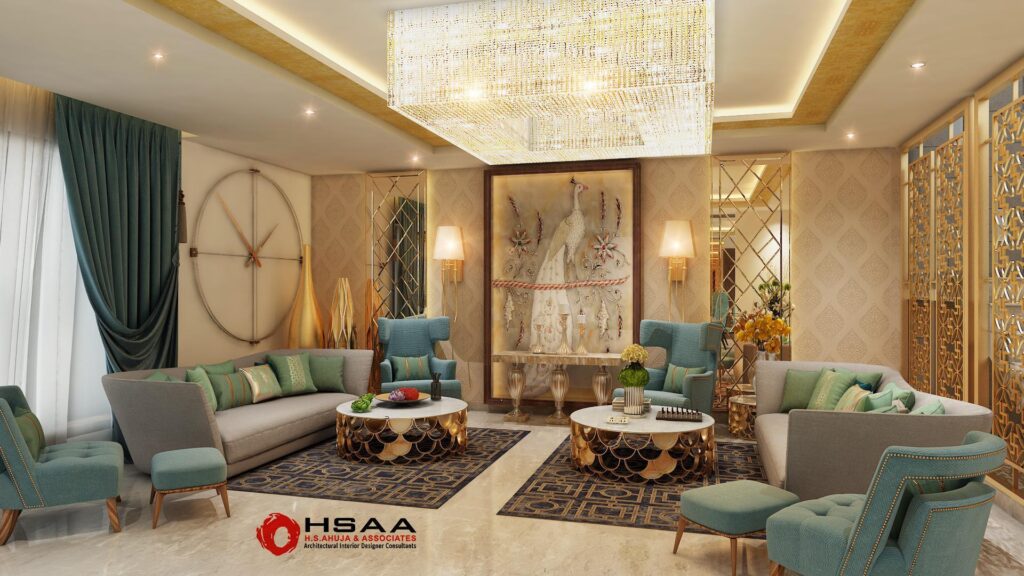
Great lighting accentuates your most stunning parts by adding depth, height, and warm spots. The right amount of light and shade is crucial for revitalizing a room’s atmosphere. It wouldn’t be appropriate for an architect or interior designer to just sketch a grid of downlights into their blueprints for your home. You may enhance the impact of your area by hiring lighting professionals to collaborate with your interior designer or architect.
The lighting of the design is just as important as its other elements. Effective lighting can change and transform an area. The Best interior designers choose to use a false ceiling with a straightforward pattern of strategically arranged lighting to create a warm and welcoming atmosphere. Again, if you want to make the space feel more decorative, adding lampshades or a modern chandelier light can be a great choice. Finally, when it comes to minimalism, natural light sources far surpass artificial ones.
Don’t Limit Space
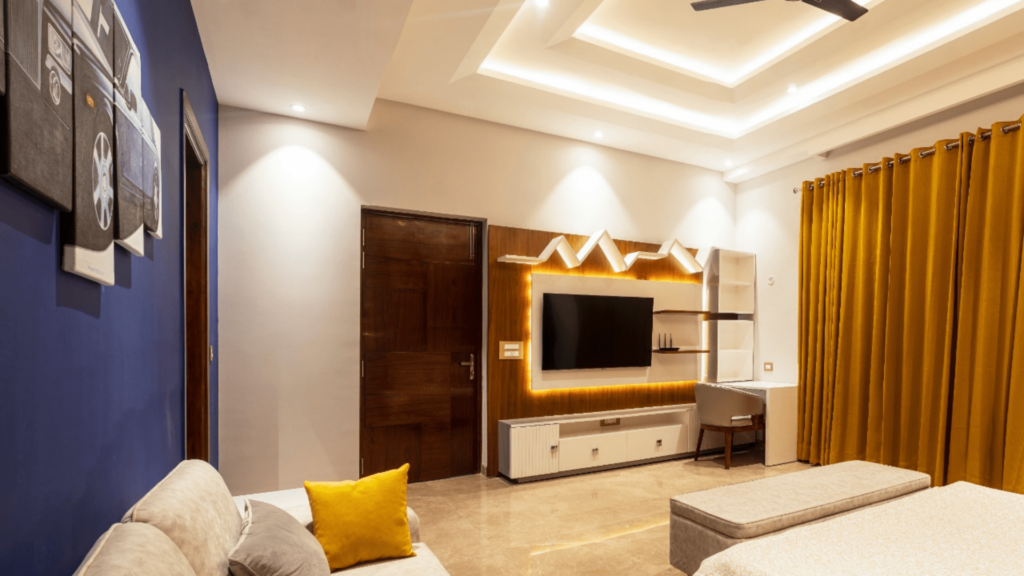
Austerity and little to no adornment define the minimalist aesthetic. Consider simple colour schemes, geometric designs, and practical furniture. The most fundamental style, the minimalist design aims to be peaceful and return to the fundamentals. Embracing white space and removing superfluous features are key components of minimalist interior design.
The essence of minimalism is leading a well-organized, clutter-free existence. Place each decorative object so that your little room appears refined and expansive. Simple interior design ideas for the home produce a cosy yet large atmosphere thanks to their natural significance and clean, modern style.
Comforting Textures
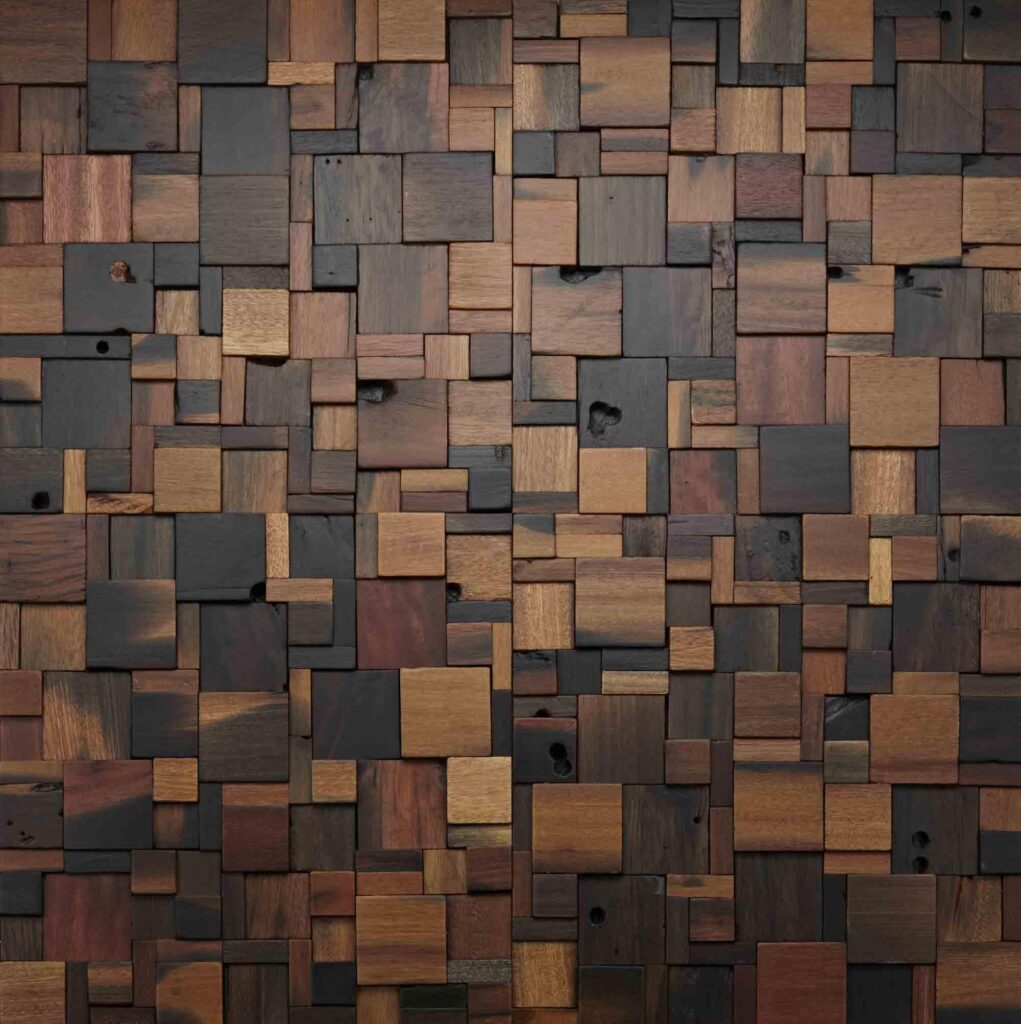
Texture plays a key role if you want to make an area appear lovely, inviting, and magical. It is regarded as a complementary interior design fundamental that aids in creating a seamless area that sparks lovely compositions and designs in your space.
Let’s examine the definition and significance of texture in interior design. It speaks to a material’s surface quality. Take your winter shawl, for instance. It needs to be knitted, silky, and ornamented. That is what is meant by texture. Similar to this, the use of texture in interior design influences how a space feels to the eye. It will significantly affect the mood and aesthetic effect of your room.
Conclusion
We discussed 5 ideas that make the minimalism approach easier to understand. But if you don’t want to complicate yourself with so many things here is a brief summary for you. Minimalism is about creating space to live simply and meaningfully. By removing unnecessary items from our lives, we can focus on what’s important to us and create a more meaningful existence.
Minimalist interior design is a great way to achieve this, as it can create a warm and inviting home while also being cost-effective. If you’re interested in minimalist interior design, start by removing unnecessary items from your home. This could include furniture, decorations, and even appliances. Ask yourself if each item in your home is truly necessary. If not, consider getting rid of it.
Next, think about the colours and textures you want in your home. A minimalist home typically features neutral colours and simple textures. This can create a calm and relaxing atmosphere.
Finally, focus on creating a clutter-free space. This will help you to feel more organized and peaceful. Use storage containers and racks to organize your belongings and keep your space neat and tidy.
Author’s Bio:
Subhash Ahuja is a Founder & CEO at H. S. Ahuja And Associates believes in building classic and timeless experiences through elegance interior designing. He eagerly follow their quote “I always keep thinking about new items and innovative’ and that’s what he is implementing in their company.

